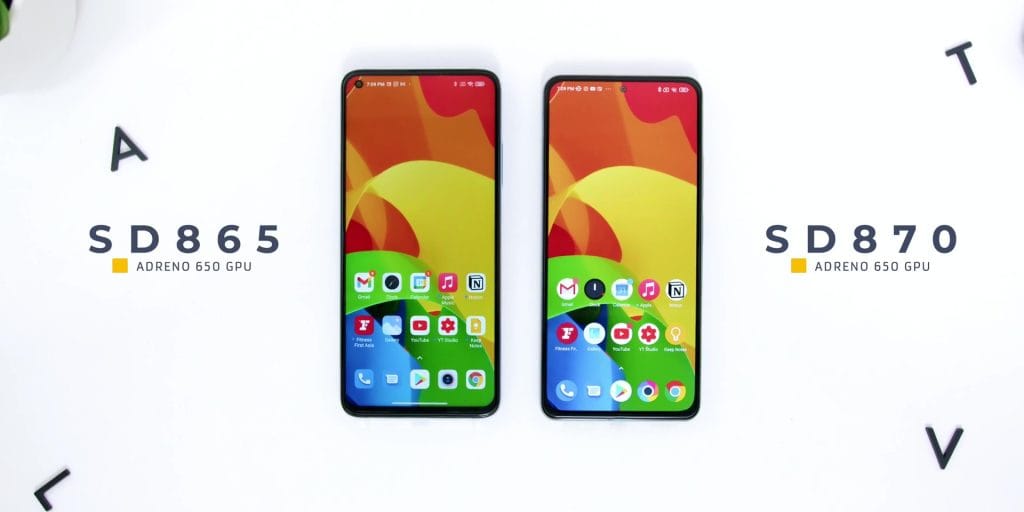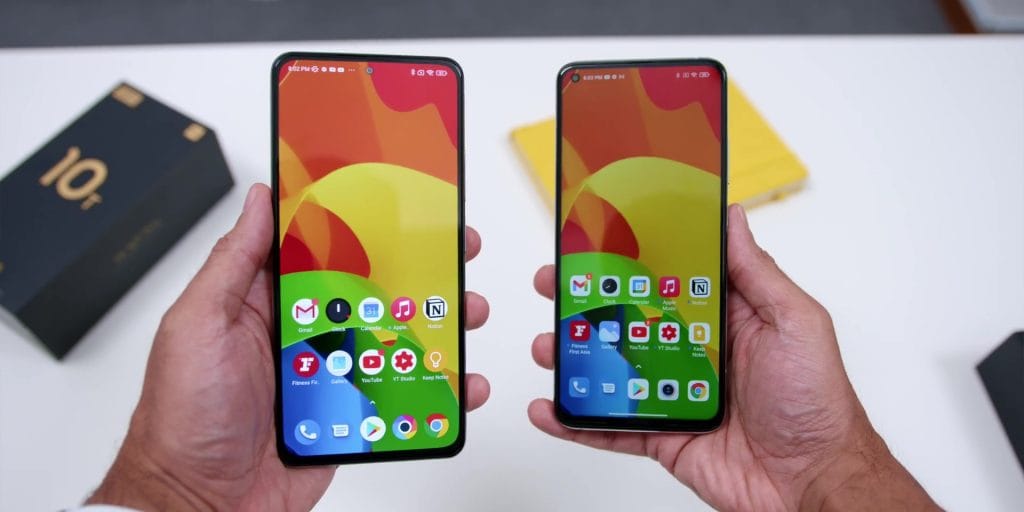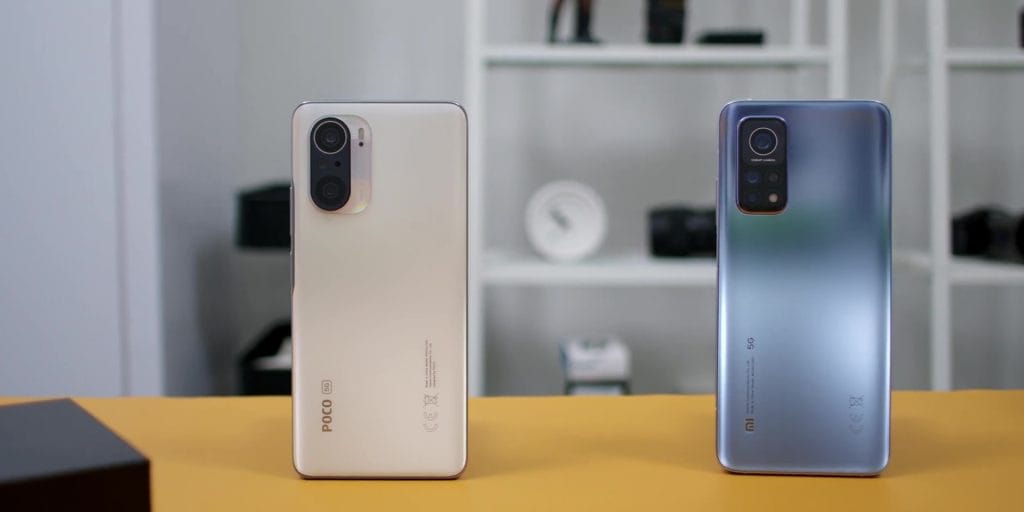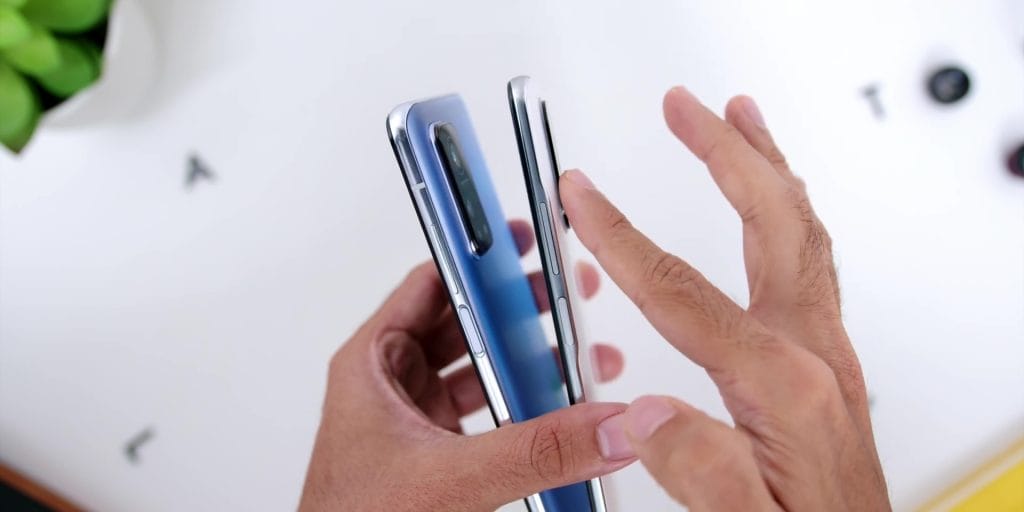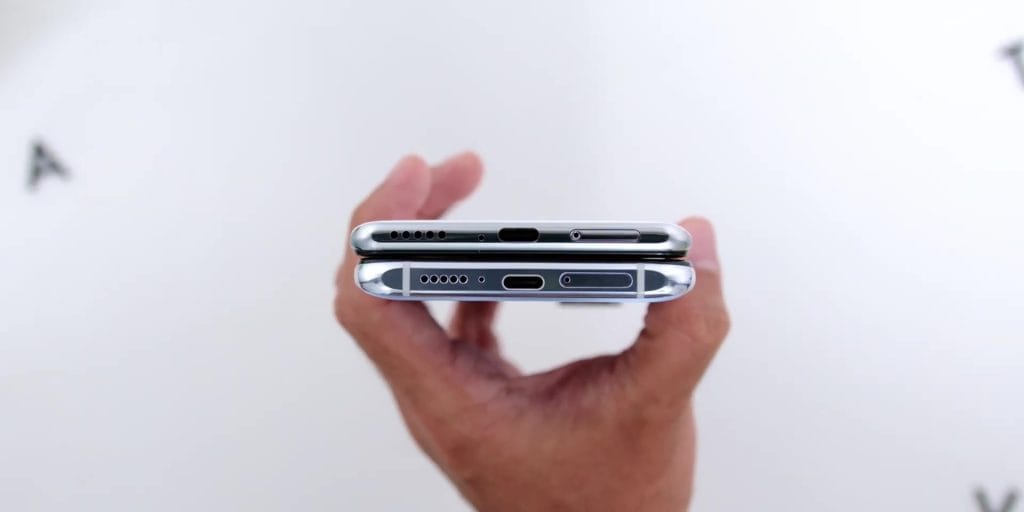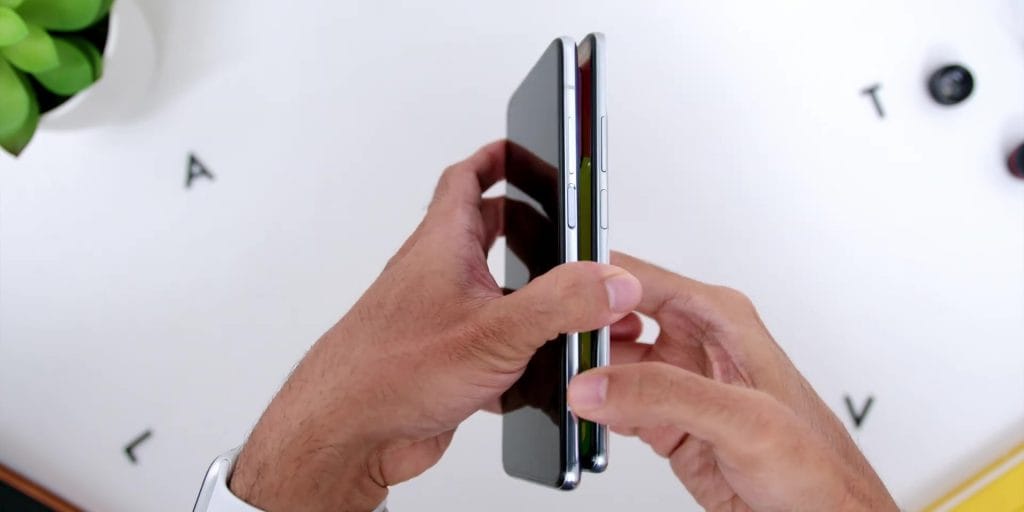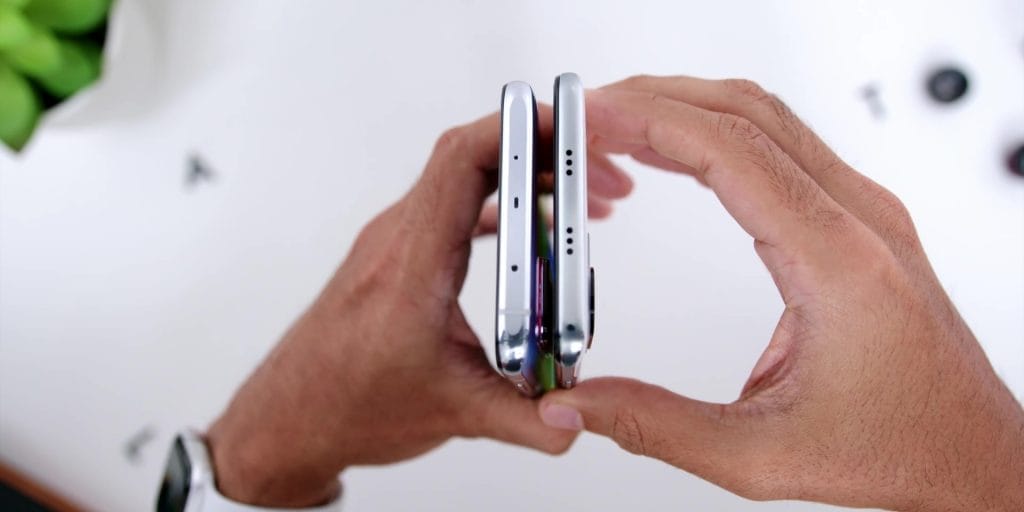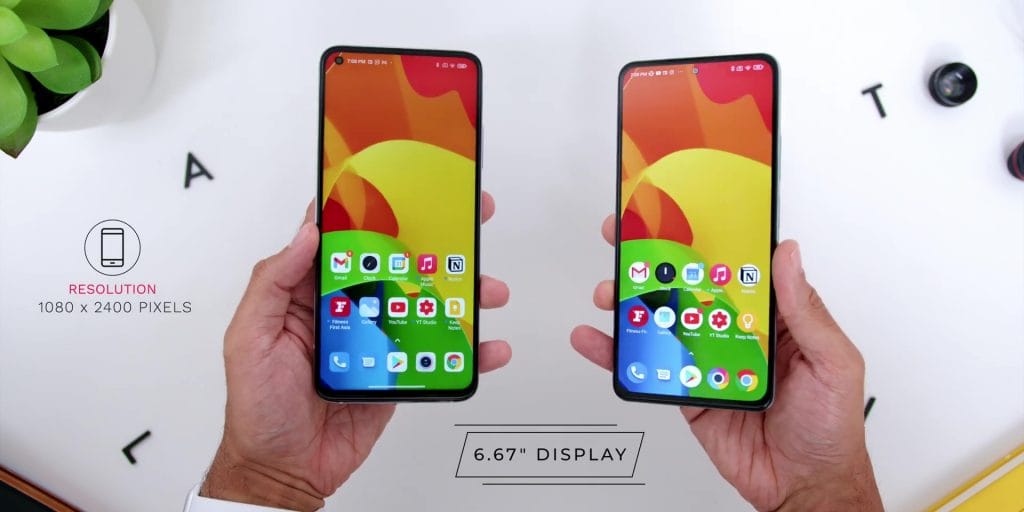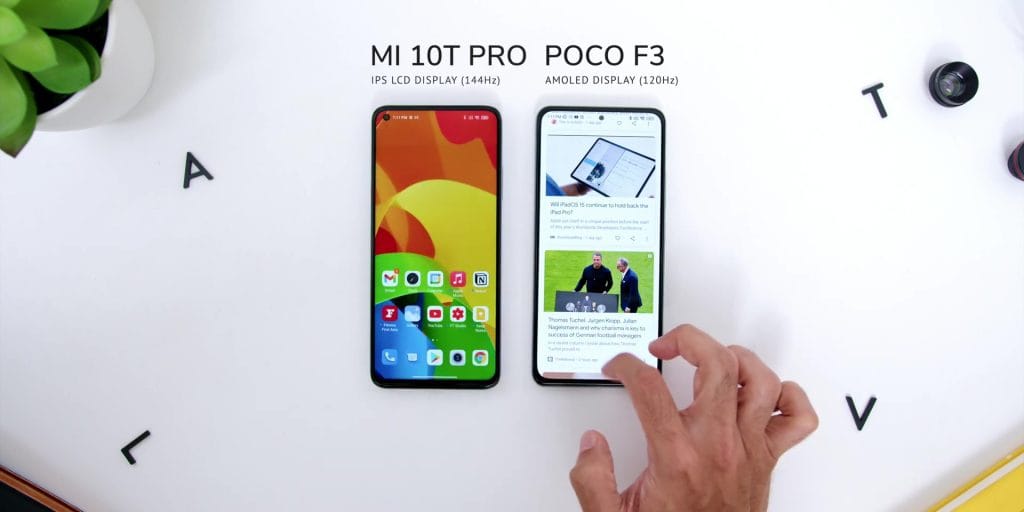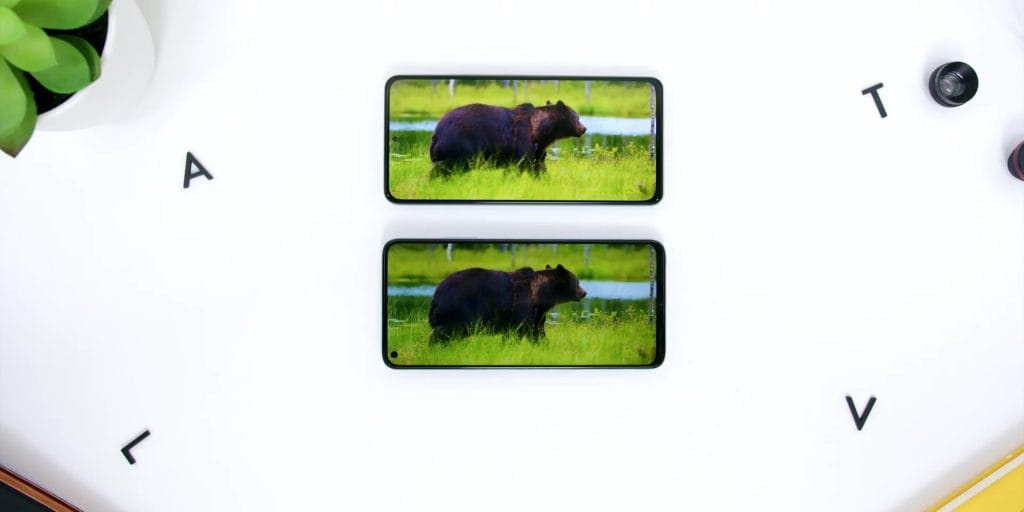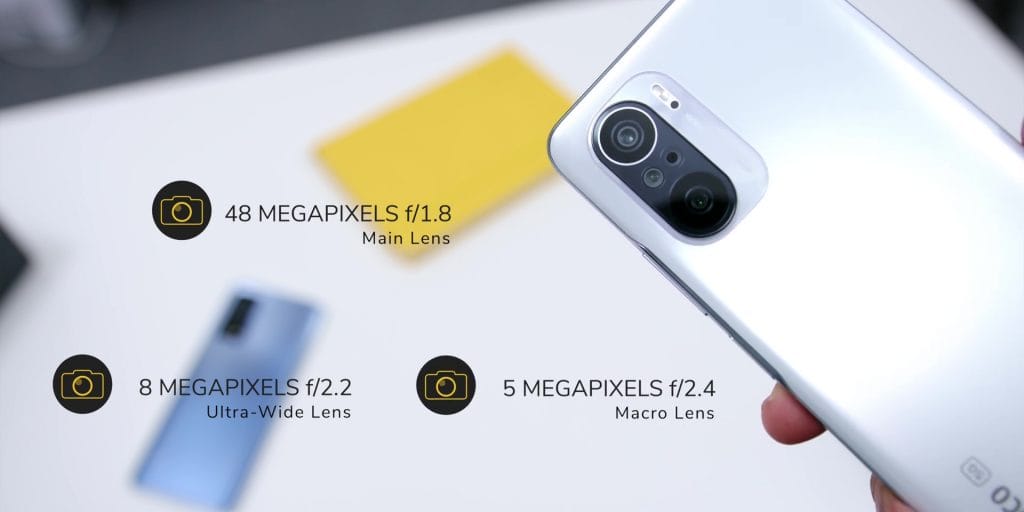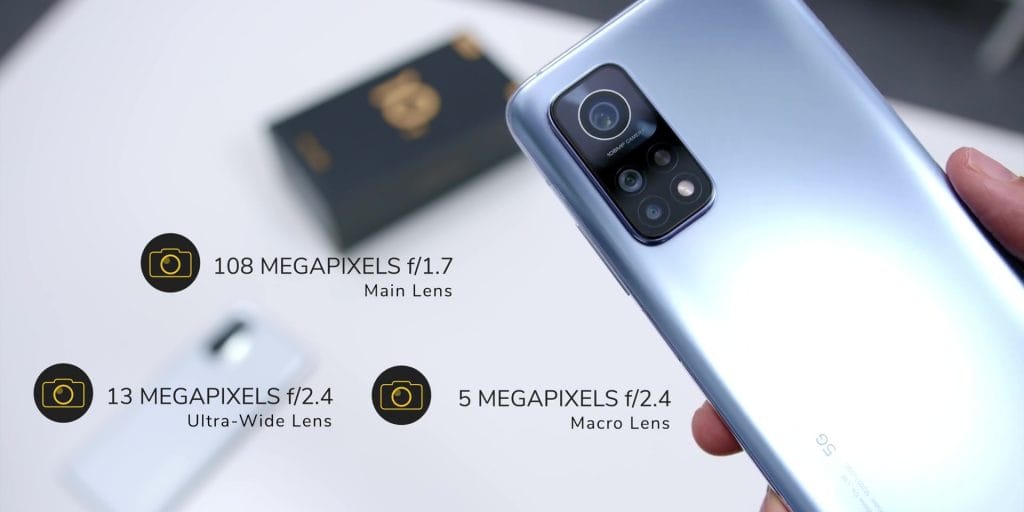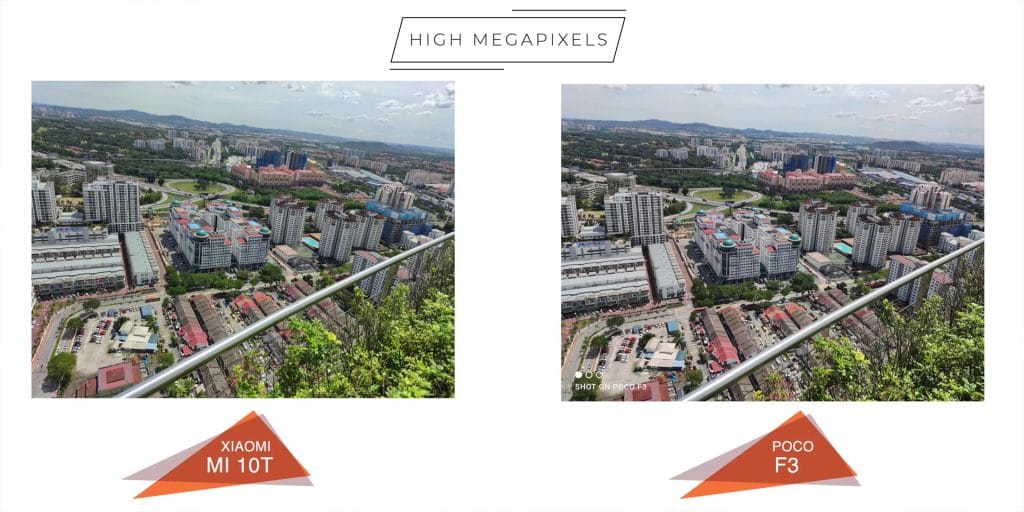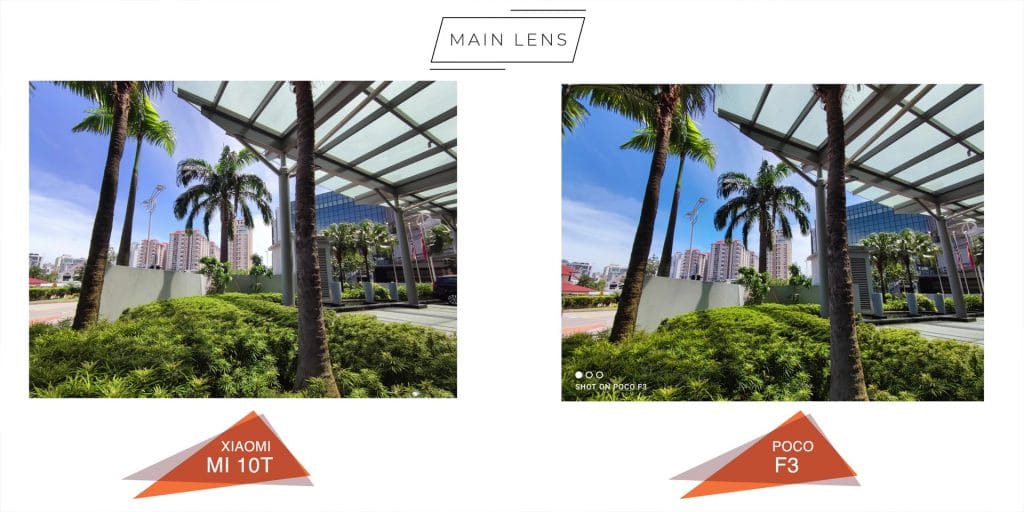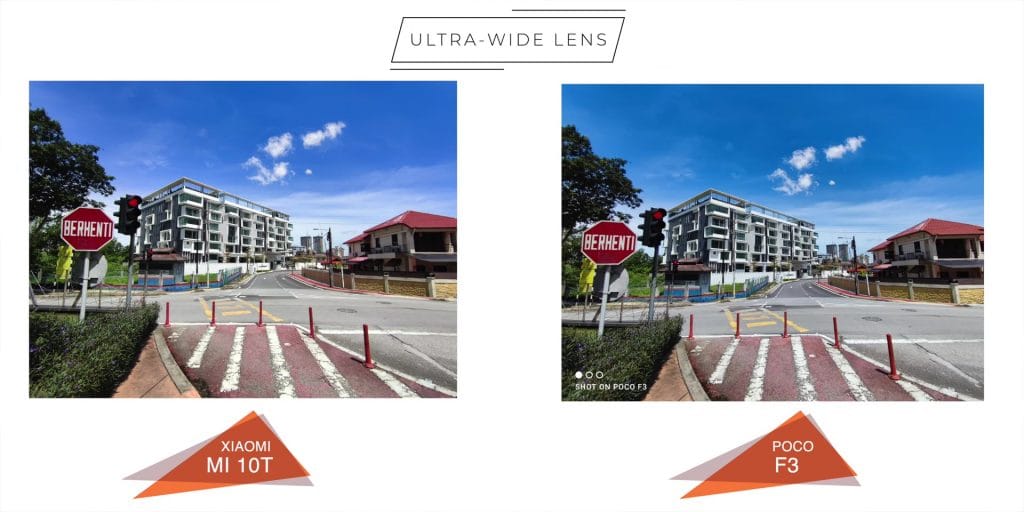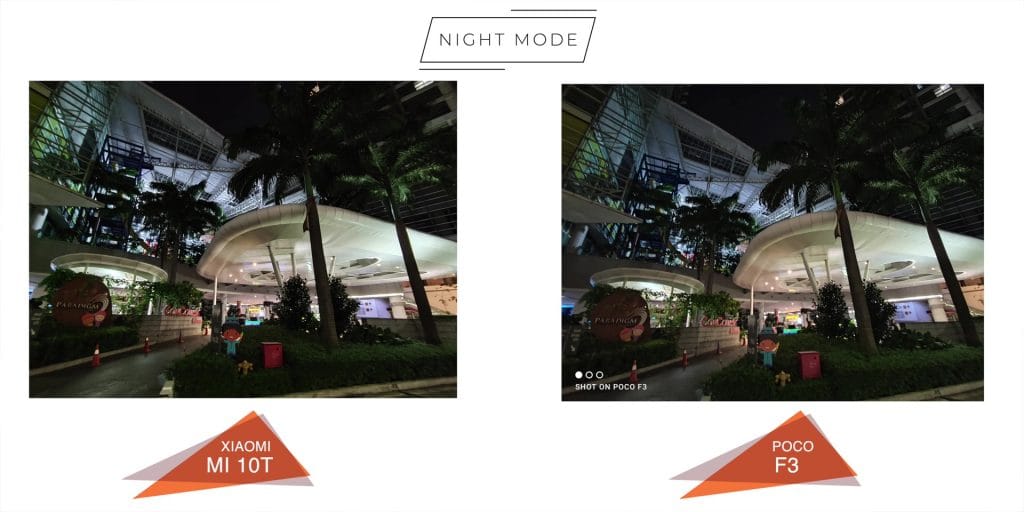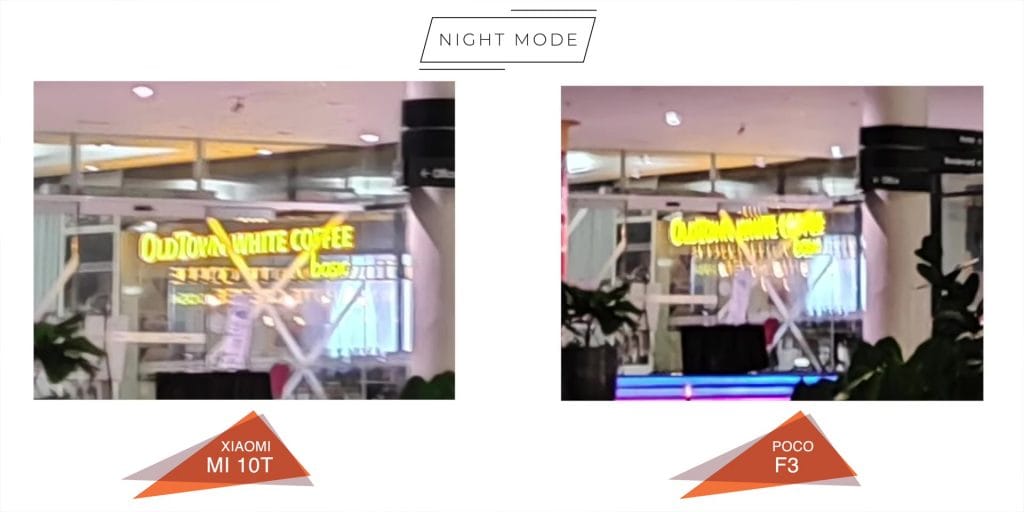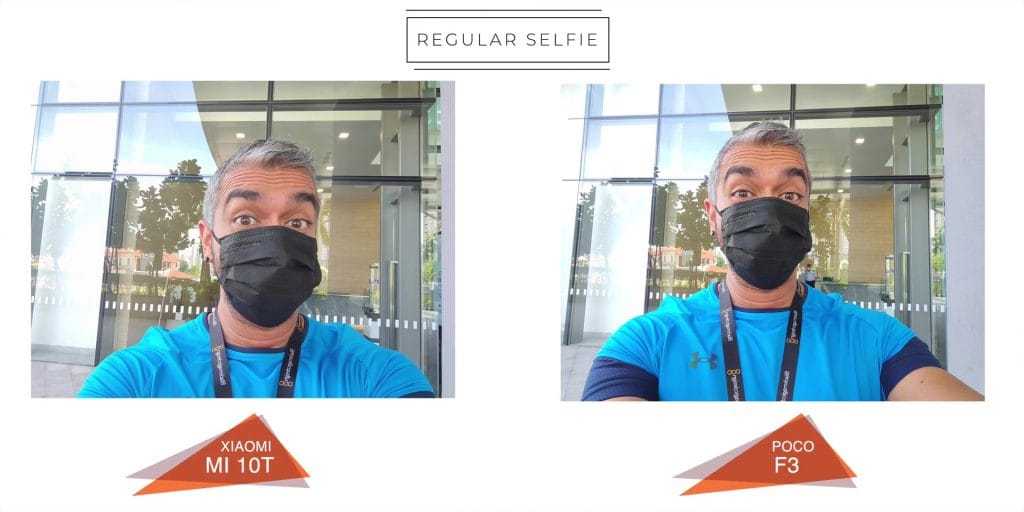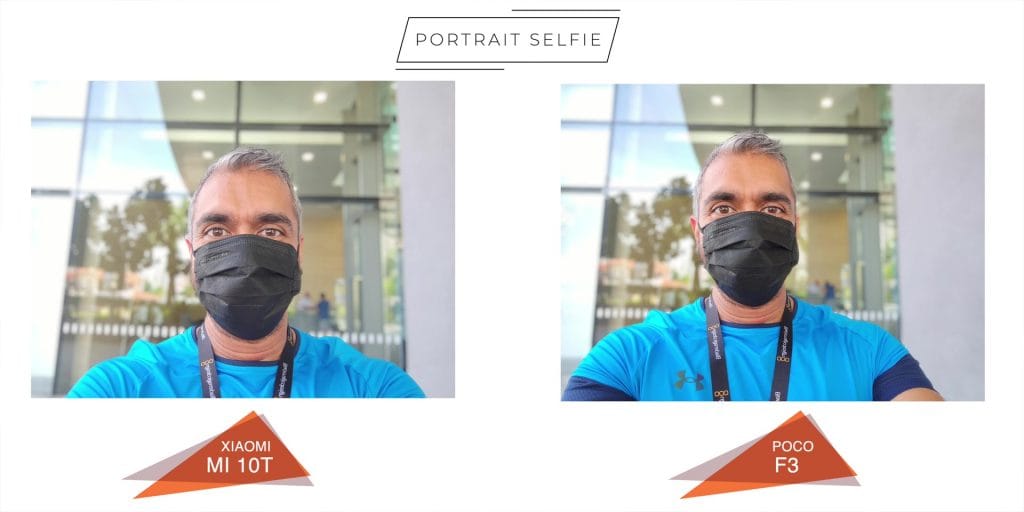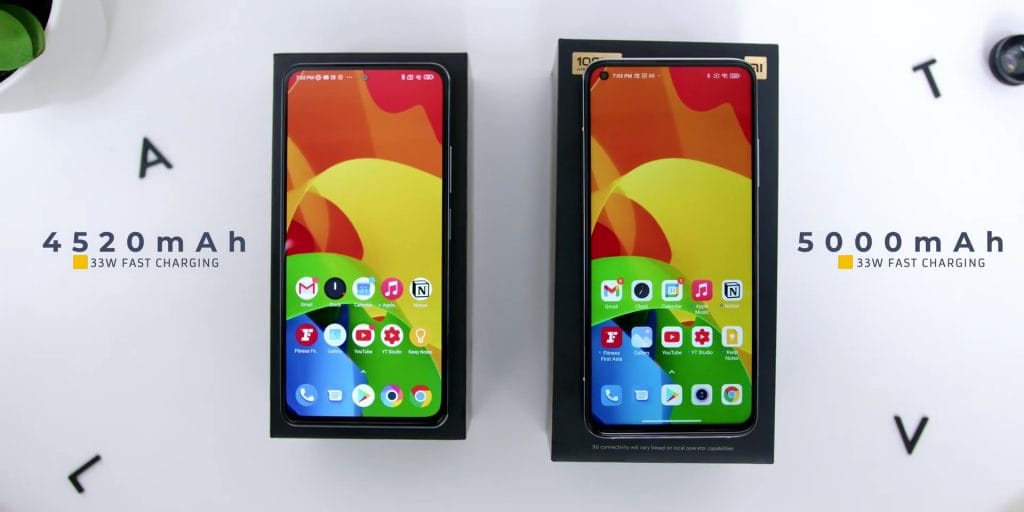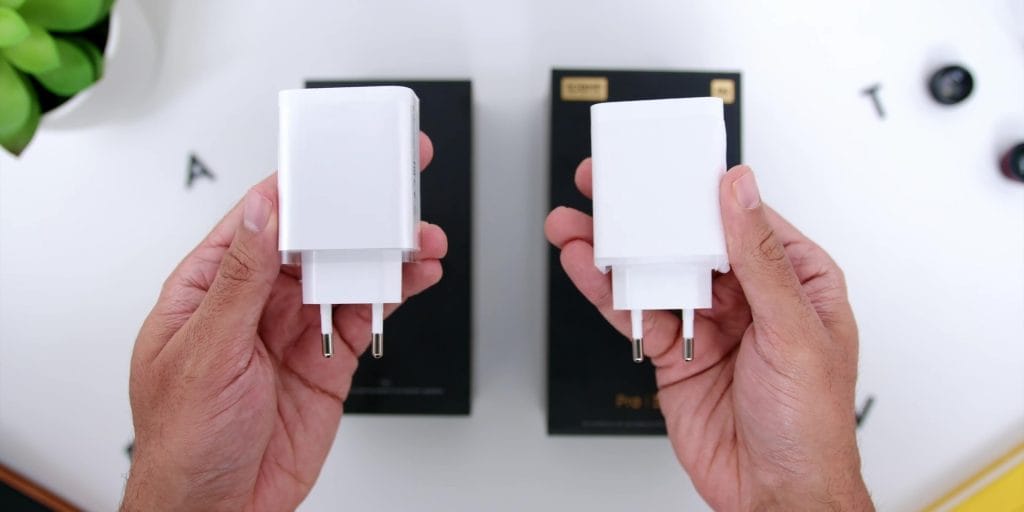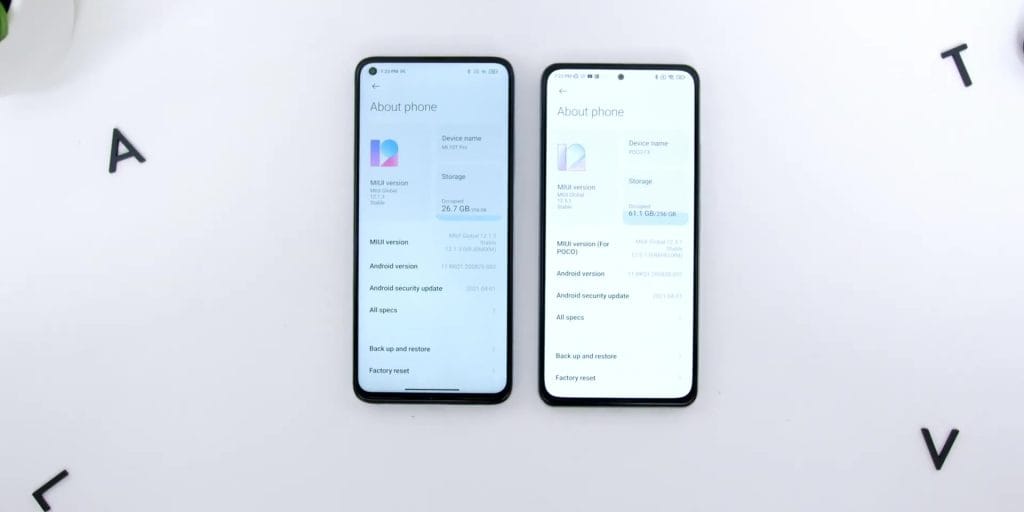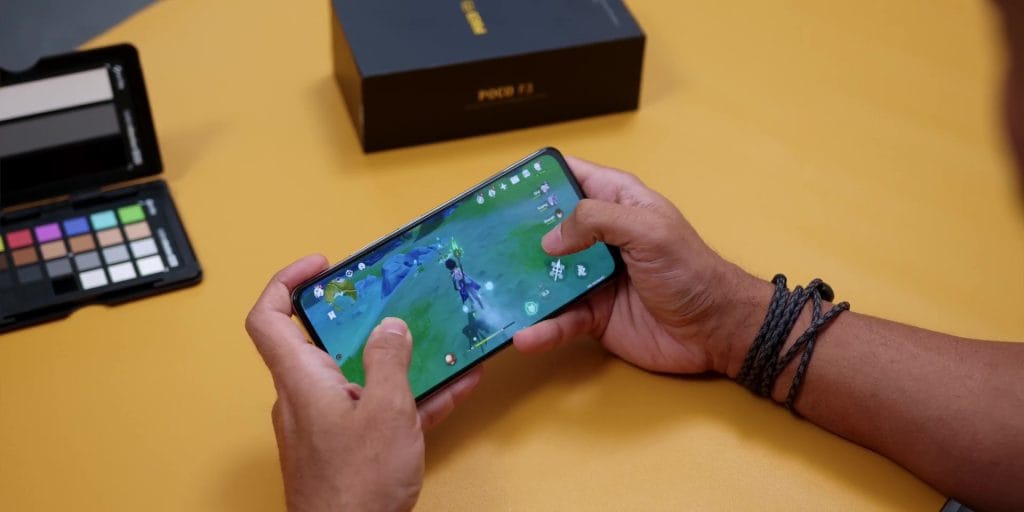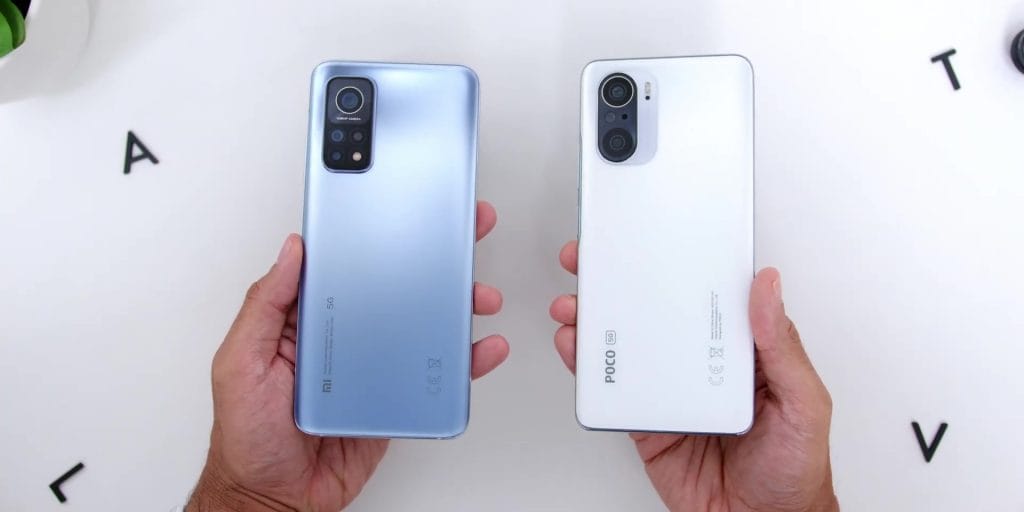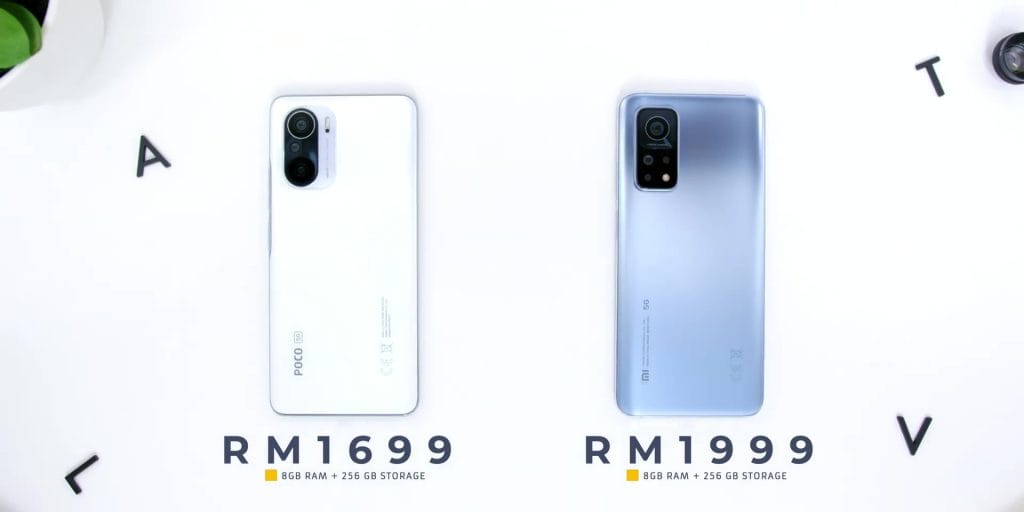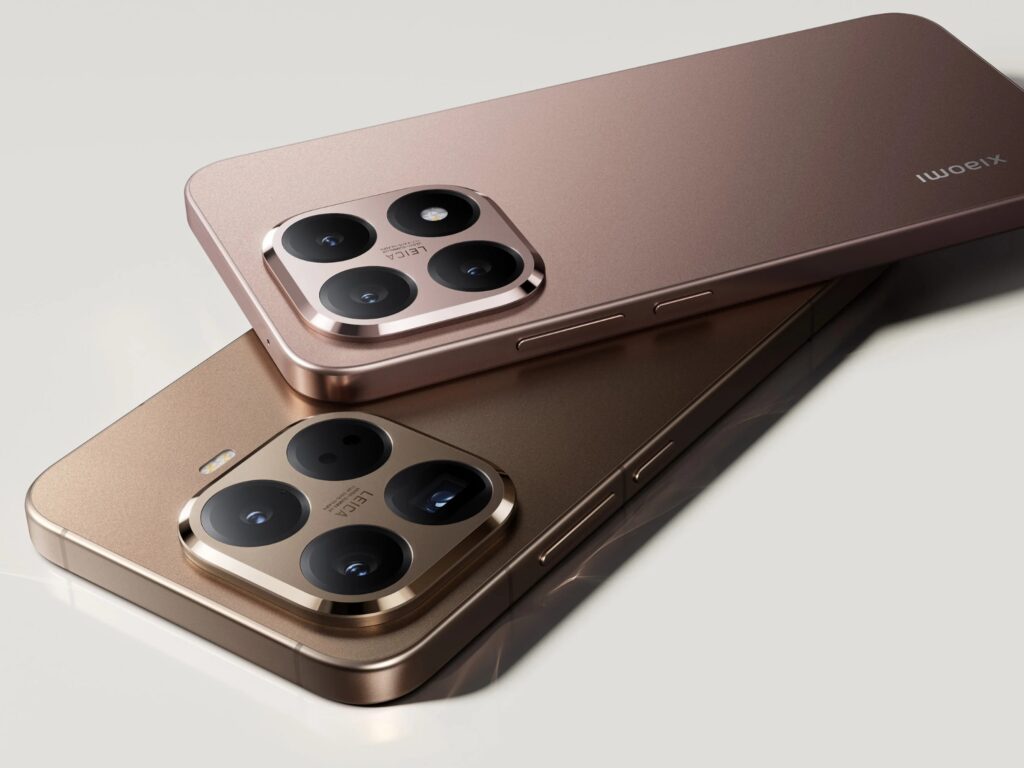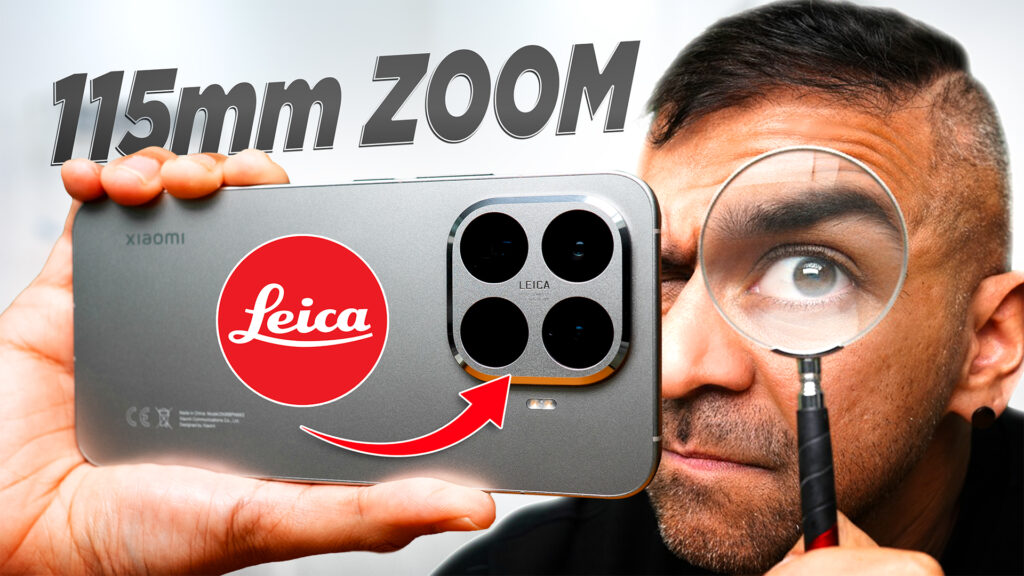Hey guys, so since my comparison video of the Xiaomi Mi 10T Pro versus the Redmi Note 10 Pro, a lot of you all have requested for me to compare the Mi 10T Pro against the POCO F3.
While I was reluctant to do it at first, due to the price difference of the POCO F3 being retailed at RM1,699 for the 8+256GB variant and the Mi 10T Pro is RM300 more at RM1,999 for the same RAM and storage…
But since you’ve asked for it, here it is!
– This video is sponsored by Skillshare –
The first 1,000 people to use this link will get a 1 month free trial of Skillshare: https://skl.sh/adamlobo06211
Advertisement
Hardware
Starting from the phone’s hardware, in terms of the chip set the POCO comes with the Snapdragon 870 processor and the Mi 10T Pro comes with a Snapdragon 865 processor.
Then when it comes to the phone’s build quality, both phones were the same size but the POCO F3 was thinner. And because of this, it does feel better in the hands, especially if you are not a fan of a heavier device as the Mi 10T Pro is heavier than the POCO F3 as well.
Both phones have the same glass back and a really nice and class matte finish at the back as well, with Corning Gorilla Glass 5 protection for the back and the front as well.
And there was this HUGE debate about whether the POCO F3 is made out of aluminum or plastic, once again I will confirm that it is made out of plastic, thus making the Mi 10T Pro a heavier device too since it has an aluminum frame.
In terms of the camera bump, due to the larger camera sensor on the Mi 10T Pro, you will find a significantly larger bump compared to the POCO F3 but what’s interesting is that both phones still wobble quite a bit when typing it on a surface.
In terms of the ports and buttons, looking below, it was very similar, just a different placement of the dual SIM card slot and yes, there are no micro SD card slots for both of the phones.
Then while you will find both phones having side power button fingerprint sensors but like the Redmi Note 10 Pro, the POCO F3 has a more button-like tactile feel compared to the concave style of the Mi 10T Pro, where I prefer how the button felt on the POCO F3.
Unlocking was pretty fast but because the Mi 10T Pro had a sort of animation when it was unlocked so it does look a bit slower but it is pretty much the same.
Looking on top, while both phones have stereo speakers, instead of typically having the additional stereo speaker on the earpiece like how it is on the Mi 10T Pro, the POCO F3 has it right on top together with the IR Blaster, which kind of blended in terms of the design, which was quite a nice move from POCO but yes the Mi 10T Pro has an IR Blaster as well.
Also worth mentioning, that there is no official IP rating for both phones so keep that in mind.
So overall if I REALLY had to choose between both phones, in terms of the design, build, and just using both phones daily, I’d go with the POCO F3.
Display
Now let’s look at the display.
As mentioned, since both phones are the same size, it has a 6.67-inch display and the same resolution at 1080 x 2400 pixels.
But the POCO F3 has an AMOLED screen at a 120-hertz refresh rate and the Mi 10T Pro comes with an IPS LCD Display and also a higher 144-hertz refresh rate.
The hole punch camera on the POCO F3 is significantly smaller compared to the Mi 10T Pro, although it’s in the middle compared to the left on the Mi10T Pro.
Then the screen to body ratio between both phones was almost identical and if you were to use both phones without comparing the displays, I can guarantee that you would love both phones.
BUT if you were to compare both phones side to side like what I have done, you will find that the quality of the display for POCO F3 is way better, as not only the viewing angles on were way better but the automatic brightness was better optimized on the POCO F3 as well, whether or not we are looking at a way higher peak brightness at a massive 1300 nits on the POCO F3 compared to only 650 nits on the Mi 10T Pro.
While the Mi 10T Pro has a higher refresh rate as mentioned earlier, but to be honest, that is not something you can really tell even if you put both phones side to side.
So once again, I will have to give it to the POCO F3 when it comes to the display performance, especially when using it daily.
Camera
Next, on to the phone’s cameras. The POCO F3’s rear camera comes with a 48-megapixel f 1.8 aperture lens, an 8-megapixel f 2.2 ultrawide lens, and a 5-megapixel f 2.4 macro lens.
Then as for the Mi 10T Pro, it has a massive 108-megapixel f 1.7 aperture camera, a bigger 13-megapixel f 2.4 ultrawide lens, and the same 5-megapixel f 2.4 macro lens.
So do the bigger camera sensors make the Mi 10T Pro a better choice? Well… before I proceed forward, just so you all know that I didn’t turn on the watermark on the photos for the Mi 10T Pro, but yes rest assured these are pictures of the Mi 10T Pro.
108 Megapixel Mode
First looking at the high megapixel mode, if it’s not zoomed in, it looks very similar, but of course you will get more details on the MI 10T Pro due to the higher megapixel count.
Main Lens
Then the results were pretty much the same for the main lens, where you will see a slightly more saturation on the image for the POCO F3 as seen at the blue sky area, so this is totally based on a personal preference.
Ultrawide Lens
And the same can be said for the ultra wide-angle lens, where although the Mi 10T Pro comes with a higher megapixel count, the quality remains the same but just a slight difference in the saturation as mentioned earlier.
Portrait Mode
Then as for the portrait mode, the edge detection was pretty flawless on both phones, and again it is pretty identical, maybe just a tiny difference in skin tones, but extremely hard to tell apart.
Macro Mode
Then I didn’t bother doing a macro mode shot comparison, because, let’s face it, who really uses this mode…..do you? Do let me know at the comment section!
Night Mode – Ultrawide
Next looking at the dedicated night mode shots, for the ultrawide lens, what’s interesting is that while it looks the same on the first look, but the image processing for the POCO F3 seems to be a bit cleaner, especially towards the left, right above the Paradigm logo, where it seems less noisier than the Mi 10T Pro, so I believe this is surely based on a better software processing on the POCO F3.
Night Mode – Main Lens
Then for the night mode on the main lens again, it looked similar if you don’t pixel peep, but if you zoom in closer, right at the middle where the lighted signage of Old Town White Coffee, it’s more apparent and clear on the Mi 10T Pro compared to the POCO F3 but yeah, you will need to only zoom in REALLY close for that.
Front Camera
Then as for the front camera, the POCO F3 has a 20-megapixel f 2.5 lens and the Mi 10T Pro has the same 20-megapixel sensor but with a slightly better aperture value of f 2.2 instead.
[easy-image-collage id=3512]
Now I have to be honest to say that I have never been a fan of Xiaomi’s front cameras because you really need to angle the camera towards the light otherwise, it will turn out super ugly like THIS.
Regular Selfie
So looking at the regular selfies, once you have great lighting the images look the same once again.
Portrait Selfie
And it was the same for the portrait selfie mode with a tad bit of softness on the skin tones on my forehead area, even when both beauty modes turned off.
Video
Then as for video recording, the POCO F3 maximizes at 4k 30 frames per second, where the Mi 10T Pro goes up to 8k recording at 30 frames per second, where there is an option to use 24 frames per second as well.
So based on just comparing the 4k video, on the main lens both performed equally as good, with really nice dynamic range and great detail on the video footage. Image stabilization for the main lens was also very great as well.
Then what holds the POCO F3 back is that video on the Ultrawide Angle lens caps at only 1080p instead of 4k for the Mi 10T Pro, so this is surely a huge bummer and I just don’t know why that Xiaomi didn’t give that option for the POCO F3, so yes it surely loses out on the video quality over here.
Check out my YouTube video here for the test video footages!
Front Video Specs
Then finally when it comes as to how it is for ALL Xiaomi phones until now, and yes, flagship phones included, it only records up to 1080p, where on the POCO F3 it goes up to 60 fps instead of only until 30 fps on the Mi 10T Pro.
While image stabilization on both was great, but as usual there were some exposure issues, where it was inconsistent on the POCO F3 but there were times it was OK then it goes overexposed in the background, but it was all the way overexposed on the Mi 10T Pro.
So with this, let me know – Do you think the Mi10T Pro performed better in every aspect of the cameras? Let me know in the comments section below.
Check out my YouTube video here for the test video footages!
Now, just so you all know that doing this kind of comparison videos are not the easiest as it really takes a lot of hard work and I am glad that as of late I have been getting some great comments on the video production when it comes to my videos on YouTube. First of all, thank you for the kind words, and second of all, the reason why I have managed to do so is also thanks to the review video’s sponsor – Skillshare.
So Skillshare is an online learning community where millions come together to take the next step in their creative journey with thousands of inspiring classes for video creation, photography, and more.
It doesn’t matter if you are a beginner or even a pro, you can learn everything within your interest.
What’s nice is that most classes are under 60 minutes so it fits well to fit any schedule and I have been learning a lot from the Top Tech YouTuber which I am very sure that you have heard of, who is Marques Brownlee who has a course on YouTube Success on scripting, shooting and edit videos as well, which I highly recommend for you guys to check out.
Other amazing courses that I also love are from Gary V himself on Context Is Key For Social Media strategy and Ali Abdaal on his course on Productivity Principles as well.
So the good news is that the first 1,000 of my subscribers to click the link in the description will get a free trial of Premium Membership so you can explore your creativity.
The first 1,000 people to use this link will get a 1 month free trial of Skillshare: https://skl.sh/adamlobo06211
And, thank you Skillshare for sponsoring the review video!
Audio
In terms of both of the phone’s speakers, both have stereo speakers, where the only difference is that the POCO has the other speaker towards the top, instead of coming out of the earpiece area.
In terms of the audio quality, when listening to music and watching movies it was equally as good.
The POCO F3 has an output volume of 90.7 dB but the Mi 10T Pro has a higher volume of 93.1.
[easy-image-collage id=3513]
And if I really had to choose in terms of which I prefer in terms of the quality of the audio, I prefer the highs and the medium on the Mi 10T Pro and it didn’t sound as piercing as how the POCO F3 was.
Battery
As for the battery compartment, the POCO F3 comes with 4,520 milliamps of battery and the Mi 10T Pro comes with a larger 5,000 milliamps of battery.
And here is where I was eager to know what the results are because having a smaller battery and an AMOLED screen is not the best combination usually.
Firstly on the Mi 10T Pro, I still think that this phone is quite the king of battery because it really takes a lot to drain the phone’s battery, even at 100 percent, I could get up to 17 minutes without the percentage even moving and mind you this is based on the 144-hertz refresh rate.
With this, based on my test using the phone as my daily smartphone, I got a massive 7 hours and 37 minutes of screen on time when I was at 10 percent battery, with dark mode turned on and high 144 Hertz refresh rate.
And then as for the POCO F3, I got an average close to 5 hours, very similar to my previous review when I reviewed the phone after a single month.
Both phones have fast charging up to 33 watts, where the chargers come inside of the box and both phones do not have wireless charging.
.
Software
Ah yes, the software, hmmm…
Okie, here is where I feel that Xiaomi should just stop releasing new smartphones every other day but instead use their resources to make a better and consistent working software and UI throughout all of their smartphones, because firstly, the versions are confusing and don’t make sense and little things like the icons are also inconsistent as well, let me explain.
So the current version that I was at during this review for the Mi 10T Pro is MIUI Version 12.1.3 and the POCO F3 is at 12.5.1.
Here is where although based on the version number, it seems like the Mi 10T Pro has an “older” software BUT that is not the case.
As there are better navigation features like swiping towards the right which goes to the control center and swiping towards the left goes to your notification menu.
But the POCO version or the POCO “Skin” doesn’t have that, rather just the notification menu when you swipe anywhere from the top of the screen.
So I find this extremely weird. Why? Is Xiaomi telling us that there is an Android Skin on top of another Android Skin?
Even when comparing both icons, I’ve reset both phones before using and as you can see that the stock icons on the Mi 10T Pro for the Gmail and the Google Calendar app are also newer compared to the POCO F3 as well.
I also found that there were times where the YouTube Studio App might sometimes shut down by itself, IG Stories also sometimes tend to do that, which is something that was not an issue during my previous 1-month review of the phone but it has not happened all the while.
So with this, if I really had to choose between both phone’s software I would choose the Mi 10T Pro because of that.
And dear Xiaomi, please work on your software for the benefit of us smartphone users OK?
Gaming
As for gaming, I wanted to cut straight to the chase and try out Genshin Impact right away with the current update for both phones.
Firstly, the gameplay for the Mi 10T Pro was very impressive with way less battery drainage compared to any other smartphones within the price range, it didn’t overheat even when playing continuously for 20 mins at medium settings with the motion blurred turned off.
Then as for the POCO F3 the experience was exactly the same, but a slightly more battery drainage due to the AMOLED screen and yes, speaking of the screen, the gaming experience was better due to the AMOLED screen as well.
Conclusion
So in conclusion, which should you choose?
Well, based on my comparison, it doesn’t seem too far off in terms of how the phone performs on a day to day basis between both phones.
And I was quite surprised with the camera results, where I really thought we would see a huge difference in performance on the Mi 10T Pro, but other than the ultrawide video not being able to go up to 4k, there are no issues at all.
But if you want a workhorse of a smartphone that is more solidly built, comes with a better software experience and a really amazing battery, here is where the Mi 10T Pro beats the POCO F3.
But then again, I would love to know what you guys think, is the extra RM300 worth it? Do let me know in the comments below!
And if you guys are interested in getting either of these phones, do head to Direct D for the best prices available and lots of freebies thrown in with any purchase, and their excellent after-sales service is second to none, if you are making a purchase here in Malaysia.
Get the phones at the links below:-
POCO F3 – https://www.directd.com.my/poco-f3
Mi 10T Pro – https://www.directd.com.my/mi10t-pro
Aside from that, thank you so much I hope this comparison helped you to make a purchase decision. My name is Adam Lobo and I will catch you guys in my next review!
The first 1,000 people to use this link will get a 1 month free trial of Skillshare: https://skl.sh/adamlobo06211

